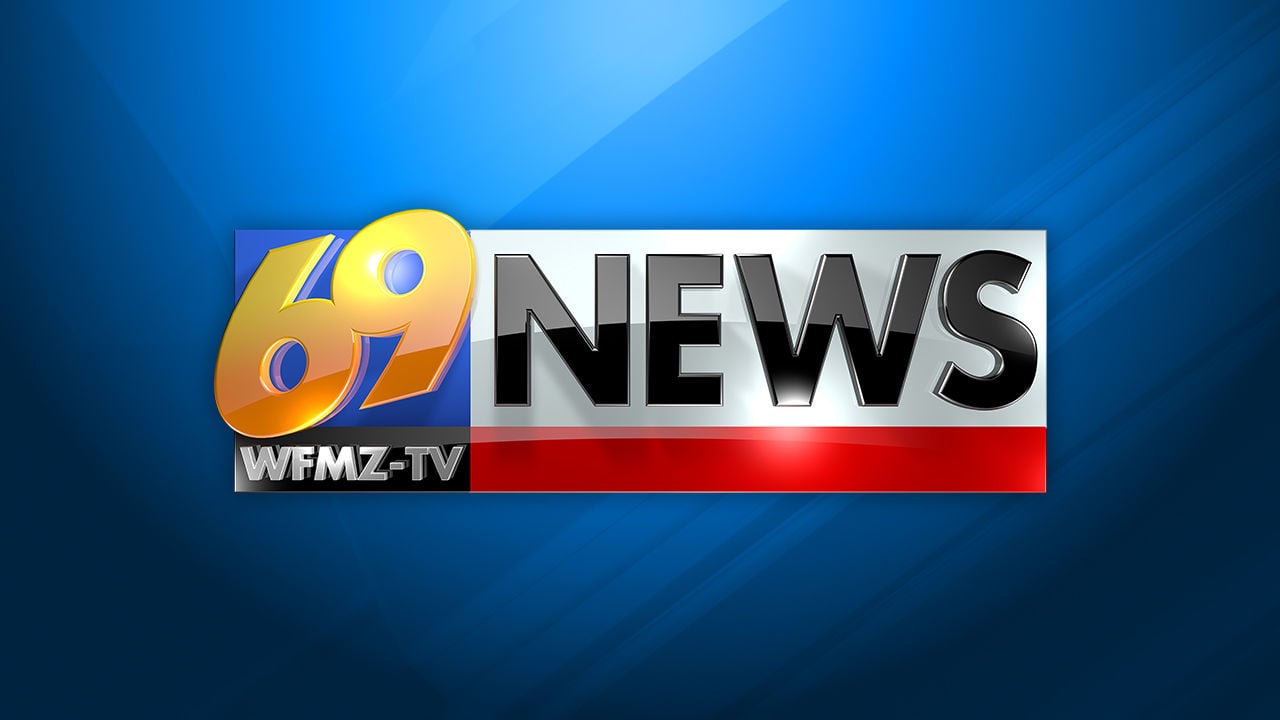
Brookings
There is nothing wrong with Black people that ending racism can’t solve.
That’s a central point of Andre Perry’s Know Your Price, published earlier this year by Brookings Institution Press. Perry’s book in particular rejects the notion of measuring Black communities in terms of how they compare or seem to lag behind white communities, but instead aims to look at how valuable the assets of Black communities and families actually are.
The book travels through six US cities. Perry’s background as a scholar, journalist and educator allows him to share some raw and honest perspective on the questions he asks as he looks at everything from medical treatment to real estate. Black assets, he argues, have been regularly and systemically devalued in the US, leading to a variety of issues, including difficulties in building and retaining wealth both for Black individuals and Black communities.
The book is powerful and moving; the stories of his childhood in Wilkinsburg, PA, and the medical struggles he and his wife faced are both searing and illuminating. But Perry also delivers the kinds of facts, figures and charts that one would expect from a Brookings Institution fellow.
Perry devotes two of the book’s chapters to schools. In one, he traces the declining fortunes of the Wilkinsburg schools he grew up in to look at how closing schools destroys a valuable community asset. Schools, he argues, are a big part of a community’s social infrastructure, and when they are lost, there is a cost in the social cohesion of the community. They are where people get together to vote, for meetings of civic organizations, to send the neighborhood kids to play on the playground in the evening.
Schools are economic and social assets. Perry cites the work of economist Henry Levin who determined that the economic benefit of a high school graduate is two and a half times the cost of getting that student through school.
Yet the rise of high-stakes testing has become a tool for devaluing schools. This past year has seen a renewal of the debate over GreatSchools, a website that set out to provide school ratings to help families make choices, but ended up using a system that some critics say penalizes schools in communities that are less white and less wealthy. GreatSchools relies heavily on standardized test scores, and those scores have long had racial bias baked in, with a consistent gap between white and Black test-takers. Chris Tienken (Seton Hall University) showed years ago that he and his research team could accurately predict a school’s test result profile based on family and demographic information. The tests measure something, but it doesn’t seem to be school quality, and the use of testing data ends up devaluing schools in non-white non-wealthy communities.
For his other school-related chapter, Perry turns back to his experiences in post-Katrina New Orleans. He went to the city as part of the charter school revolution that followed the devastating hurricane, leading New Orleans to become the first major US city with no public schools. That unique status has led to a great deal of study and writing about the New Orleans schools, including a just-published glowing study by Douglas Harris (Tulane University). NOLA is often held up as a model of charter excellence in action, citing a rapid gain in tests scores. But as conservative critics of Harris’s book point out, research does not definitively link those score improvements to charter school policies, and as numerous other critics have pointed out, it’s easy to get speedy improvement in test scores if you start at the bottom, and New Orleans is still mostly there.
But Perry’s book points to one other major effect of the New Orleans charter revolution—the destruction of Black community assets. Like many leaders there at the time, Perry says he considered himself “data-driven.” But the data leaders were following was strictly achievement-based (aka test scores) and not focused on community assets. Within a few years, Perry left the New Orleans charter business.
“If there was ever a time New Orleans and members of its Black community needed teachers to have job security, it was after Hurricane Katrina,” Perry writes. Instead, 7,500 teachers, including 3,000 Black teachers, were fired. Firing was facilitated by a system that linked teacher evaluation to student test scores. Between 2005 and 2014, Black teachers dropped from 71% to 49% of the teaching force, even as a concerted effort was being made to bring in young, white, inexperienced teachers, including Teach for America recruits who made only a two-year commitment to work in the classroom—not a great way to build social capital or institutional stability. Students often moved from a community school to a charter distant from their own neighborhood. And as Perry points out, the emphasis on charter organizations meant that management of the city’s schools moved from the local to the national level.
Nobody with power was asking, “Hey, what kind of social capital and community assets are we destroying here?” Instead, says Perry, “New Orleans post-Katrina became a place where test score growth became the ultimate excuse to ignore community and ethical considerations.” Education reformers continue to argue for the replication of the “success” of New Orleans, but Perry notes “No person would wish to replicate what happened in New Orleans among their own communities, children, colleagues and neighbors.”





More Stories
Launch of Altura – a Blended Learning Solution from Macmillan Education India
How education can succeed in times of crises
Abdul Aziz Al Ghurair Refugee Education Fund Partners with Discovery Education